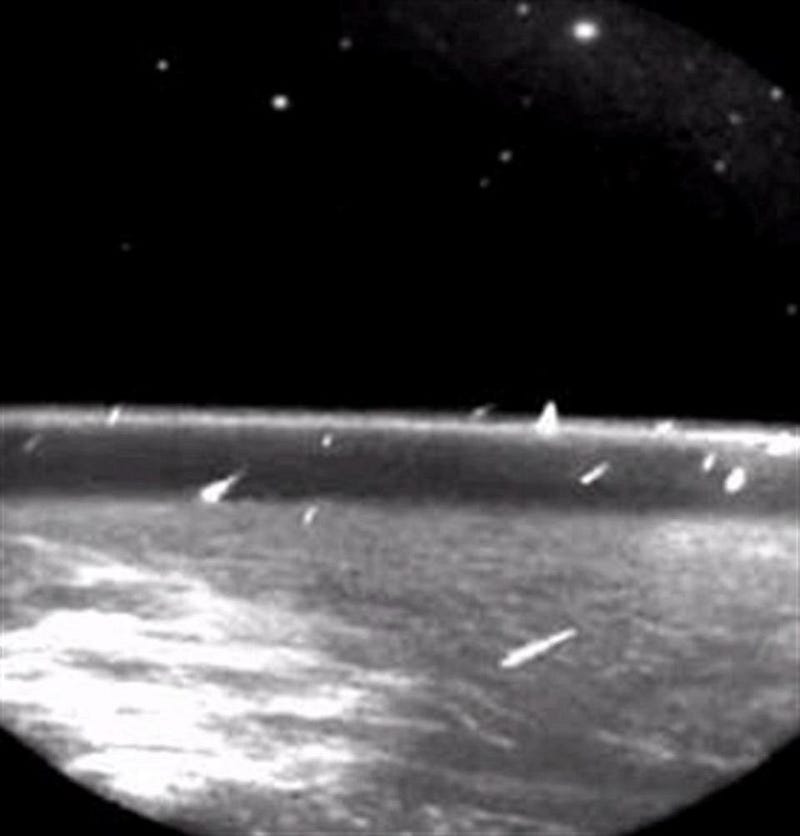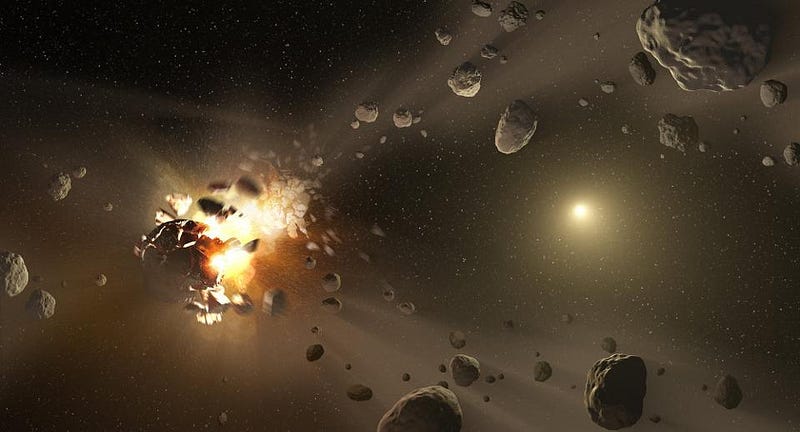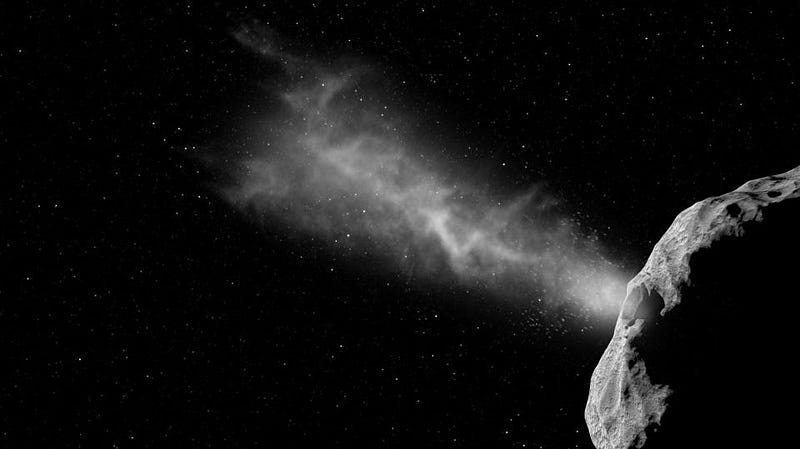Colliding asteroids to blame for Earth’s meteors

Why do the asteroids that fall to Earth have the composition they do? A giant space collision 466 million years ago may be to blame.
“Men of genius are often dull and inert in society; as the blazing meteor, when it descends to earth, is only a stone.” –Henry W. Longfellow
What falls to Earth is a mystery to science. Not because we don’t know what meteorites are or where they come from — they’re overwhelmingly asteroids — but because as we’ve learned more about what exists in our Solar System, what we see landing on Earth doesn’t match up. The asteroids that pass closest to Earth aren’t the majority of what hits us, and the majority of what hits us has changed dramatically over the past few hundreds of millions of years. A radical new idea, with the supporting evidence from the geologic record to back it up, may just solve this puzzle: asteroids collide with one another in space, create debris, and that dominates what falls to Earth for tens-to-hundreds of millions of years.

If you think about it logically, it would make sense if the asteroids that come close to colliding with us — the Near-Earth Objects — matched up with the types of meteors that do wind up impacting the Earth. The ones we’ve found since we’ve begun taking a census of these objects are overwhelmingly LL Chondrites, where chondrite means they’re stony meteors with small mineral granules inside, and LL means they’re low in iron and low in metals overall. But only about 10% of the meteorites we find on Earth are LL Chondrites; the majority are H Chondrites (high in iron), closely followed by L Chondrites (low in iron but high in other metals). So why would the meteorites we find on Earth fail to match up with what we see nearby?

Perhaps the meteorites striking us aren’t predominately from the large asteroids flying around in our vicinity, nor are they from asteroids flying around the main belt. Instead, it could be that very recent collisions between asteroids create very large numbers of smaller meteors, and they preferentially strike the Earth for millions, tens of millions or even hundreds of millions of years. It pollutes our inner region of the Solar System with this debris that we cannot see until it strikes us, and it persists until our Solar System is cleaned out or until another massive collision overwhelms the pre-existing meteor population.

The scientific idea behind this is known as the Collisional Cascade Model. According to Philipp Heck, scientist at the Field Museum in Chicago and lead author on a new paper in Nature Astronomy that provides evidence for it,
I would describe this as a sequence of collisions. It starts with an asteroid breakup or a major crater-forming impact that generated lots of fragments, new, smaller asteroids. These then get hit later in other collisions that generate fragments and so on.
There are two ways to test this out:
- Look in the geologic record and see, from the meteorites we can find throughout history, whether and how they’ve changed in composition over time.
- Look at the meteorites that have struck Earth recently and measure their radioactive isotope ratios, which can tell you when collisional impacts occurred.

The second point had already been established by looking in detail at prior impacts, like the LL Chondrite from the Chelyabinsk meteorite strike from 2013. Not only can we tell, from isotope histories in the meteor fragments that are recovered on Earth, that the meteorite itself was created from an impact just 1.1 million years ago, but that a series of impacts occurred on the parent asteroid 27, 312, 852, 1464, 2809 and 3733 million years ago, going far back into the Solar System’s youth.

In a new study, Heck and his coauthors were able to test the first hypothesis by looking at meteorites more than 466 million years old. In the distant past, the meteorites we find are very different from the ones we find today. According to Heck,
We have less of ordinary chondrites, in particular L chondrites, and we have more achondrites.
Achondrites, or meteorites without small granules inside, make up only a small percentage of meteorites today. But back at those early times, they made up the majority of meteorites, even higher in abundance that ordinary chondrites. In addition to that, the flux of meteorites appears to change over time, with lots of small impacts occurring close together, with the peaks perhaps corresponding to a collisional impact event that generated a very large number of fragments.

The major finding of this new paper is that the types of meteorites as well as the rates at which they strike Earth has varied over geological timescales. The reason is that asteroid collisions and disruptions create new populations of fragments that first collide with Earth rapidly, then slowly fade away and dissipate. Future work will need to involve finding meteorites from different time windows and measuring their composition and abundance, enabling us to learn more about the asteroid belt, its collision history and how it’s affected Earth over time.

If you’re worried about large numbers of significant asteroid strikes impacting Earth, the thing we need to monitor isn’t necessarily the near-Earth asteroid population today, but rather to keep our eyes peeled for asteroid collisions. They’re what gives rise to Earth’s meteors, and the next great collision might mean a terrible debris shower lasting millions of years!
Reference: “Rare meteorites common in the Ordovician period,” Philipp R. Heck, Birger Schmitz, William F. Bottke, Surya S. Rout, Noriko T. Kita, Anders Cronholm, Céline Defouilloy, Andrei Dronov & Fredrik Terfelt, Nature Astronomy, January 23, 2017.
This post first appeared at Forbes, and is brought to you ad-free by our Patreon supporters. Comment on our forum, & buy our first book: Beyond The Galaxy!





